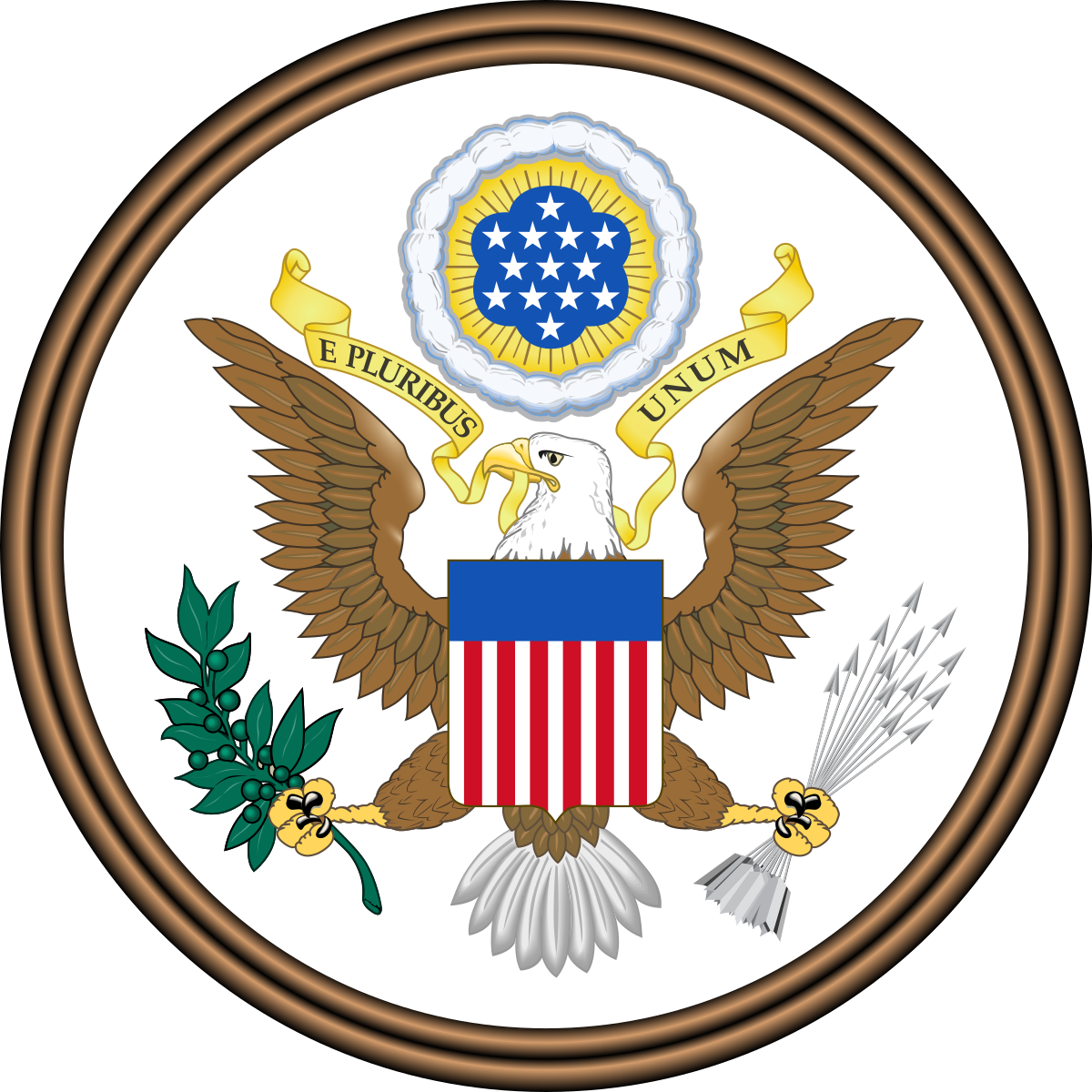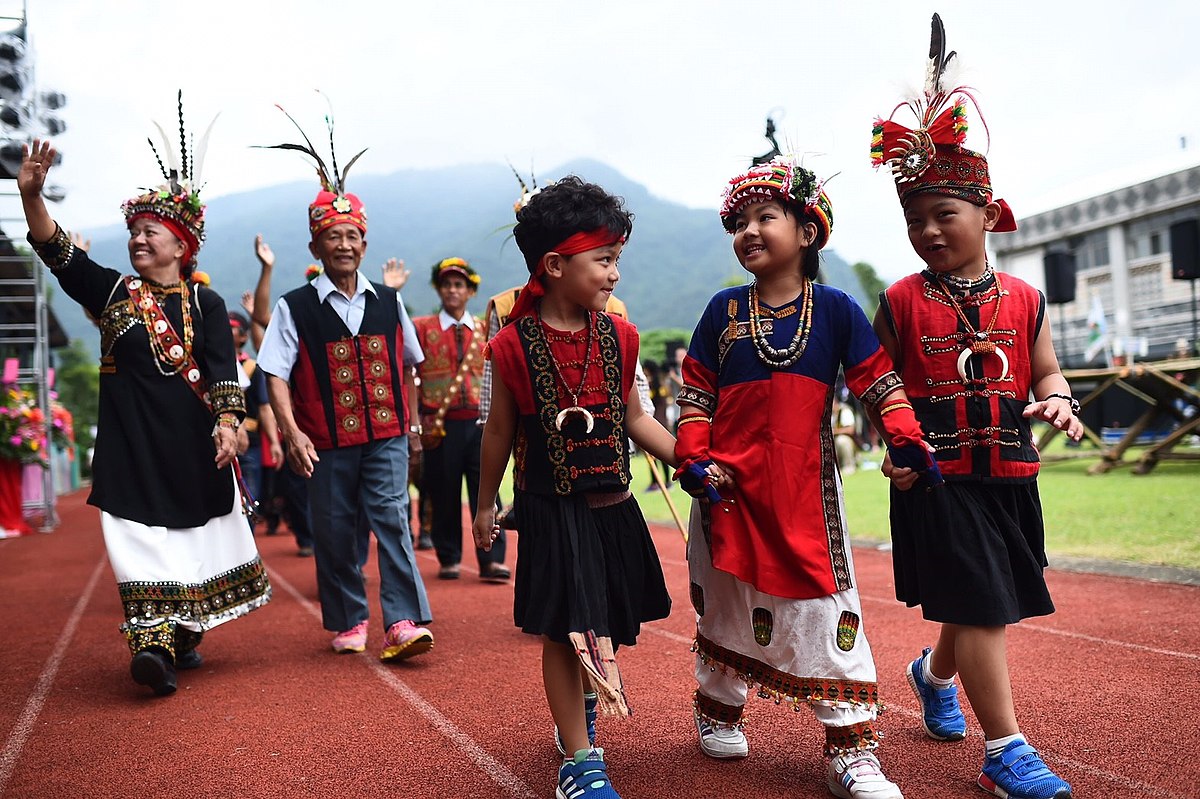steve_bank
Diabetic retinopathy and poor eyesight. Typos ...
Crazy Joe and his loose mouth says we will militarily defend Taiwan. He can't do it without Congress. Yet again this would be a civil war. There are people in Taiwan who want unification with China. China and Taiwan are economically linked. FOXCON builtt amny of the Chinese super manufacturing centers.
Declaring war on China would make the economic consensuses of the Ukraine War seem trivial. Our carriers and surface Navy woud be at high risk from shore attack. IMO it wpud be like Russia's invasion of Ukraine, ill advised.
Apparently there are aborigines still on the islands. Seems like they are the ones with the claim.

 en.wikipedia.org
en.wikipedia.org

 en.wikipedia.org
en.wikipedia.org

 en.wikipedia.org
en.wikipedia.org
Declaring war on China would make the economic consensuses of the Ukraine War seem trivial. Our carriers and surface Navy woud be at high risk from shore attack. IMO it wpud be like Russia's invasion of Ukraine, ill advised.
Apparently there are aborigines still on the islands. Seems like they are the ones with the claim.

Taiwan Relations Act - Wikipedia
Military provisions
See also: List of US arms sales to Taiwan
The Taiwan Relations Act does not guarantee the U.S. will intervene militarily if the PRC attacks or invades Taiwan nor does it relinquish it, as its primary purpose is to ensure the US's Taiwan policy will not be changed unilaterally by the president and ensure any decision to defend Taiwan will be made with the consent of Congress. The act states that "the United States will make available to Taiwan such defense articles and defense services in such quantity as may be necessary to enable Taiwan to maintain a sufficient self-defense capabilities". However, the decision about the nature and quantity of defense services that America will provide to Taiwan is to be determined by the President and Congress. America's policy has been called "strategic ambiguity", and it is designed to dissuade Taiwan from a unilateral declaration of independence, and to dissuade the PRC from unilaterally unifying Taiwan with the PRC.[citation needed]
The act further stipulates that the United States will "consider any effort to determine the future of Taiwan by other than peaceful means, including by boycotts or embargoes, a threat to the peace and security of the Western Pacific area and of grave concern to the United States".
The act requires the United States to have a policy "to provide Taiwan with arms of a defensive character", and "to maintain the capacity of the United States to resist any resort to force or other forms of coercion that would jeopardize the security, or the social or economic system, of the people on Taiwan." Successive U.S. administrations have sold arms to Taiwan in compliance with the Taiwan Relations Act despite demands from the PRC that the U.S. follow the legally non-binding Three Joint Communiques and the U.S. government's proclaimed One-China policy (which differs from the PRC's interpretation of its one-China principle).

Taiwan - Wikipedia
Taiwan,[II] officially the Republic of China (ROC),https://en.wikipedia.org/wiki/Taiwan#cite_note-word1-1[h] is a country[22][23][24][25] in East Asia, at the junction of the East and South China Seas in the northwestern Pacific Ocean, with the People's Republic of China (PRC) to the northwest, Japan to the northeast, and the Philippines to the south. The territories controlled by the ROC consist of 168 islands,https://en.wikipedia.org/wiki/Taiwan#cite_note-Taiwan_Islands-46 with a combined area of 36,193 square kilometres (13,974 sq mi).[j][15][36] The main island of Taiwan, formerly known as Formosa, has an area of 35,808 square kilometres (13,826 sq mi), with mountain ranges dominating the eastern two-thirds and plains in the western third, where its highly urbanised population is concentrated. The capital, Taipei, forms along with New Taipei City and Keelung the largest metropolitan area of Taiwan. Other major cities include Kaohsiung, Taichung, Tainan, and Taoyuan. With 23.45 million inhabitants, Taiwan is among the most densely populated countries in the world.
The political status of Taiwan is contentious.[44] The ROC no longer represents China as a member of the United Nations, after UN members voted in 1971 to recognize the PRC instead.[45] The ROC maintained its claim of being the sole legitimate representative of China and its territory, although this has been downplayed since its democratization in the 1990s. Taiwan is claimed by the PRC, which refuses diplomatic relations with countries that recognise the ROC. Taiwan maintains official diplomatic relations with 13 out of 193 UN member states and the Holy See,[45][46][47] though many others maintain unofficial diplomatic ties through representative offices and institutions that function as de facto embassies and consulates. International organisations in which the PRC participates either refuse to grant membership to Taiwan or allow it to participate only on a non-state basis under various names. Domestically, the major political contention is between parties favouring eventual Chinese unification and promoting a pan-Chinese identity, contrasted with those aspiring to formal international recognition and promoting a Taiwanese identity; into the 21st century, both sides have moderated their positions to broaden their appeal.[48][49]

Taiwanese indigenous peoples - Wikipedia
Taiwanese indigenous peoples (formerly Taiwanese aborigines), also known as Formosan people, Austronesian Taiwanese,[2][3] Yuanzhumin or Gaoshan people,[4] are the indigenous peoples of Taiwan, with the nationally recognized subgroups numbering about 569,000 or 2.38% of the island's population. This total is increased to more than 800,000 if the indigenous peoples of the plains in Taiwan are included, pending future official recognition. When including those of mixed ancestry, such a number is possibly more than a million. Academic research suggests that their ancestors have been living on Taiwan for approximately 6,500 years. A wide body of evidence suggests Taiwan's indigenous peoples maintained regular trade networks with regional cultures before the Han Chinese began settling on the island from the 17th century.[5][6]
Taiwanese indigenous peoples are Austronesians, with linguistic and cultural ties to other Austronesian peoples in the region.[7] Taiwan is also the origin and linguistic homeland of the oceanic Austronesian expansion whose descendant groups today include the majority of the ethnic groups throughout many parts of East and Southeast Asia as well as Oceania such as Brunei, East Timor, Indonesia, Malaysia, Madagascar, Philippines, Micronesia and Polynesia. The Chams and Utsul of contemporary central and southern Vietnam and Hainan respectively are also a part of the Austronesian family.
